Because children spend so much time at school, they foster a unique relationship with teachers who play an integral role in helping a child thrive and overcome learning obstacles. Due to this time spent together, educators are often the first to notice when students struggle with important tasks or do not meet academic expectations.
Teachers are invaluable in discovering early signs of a learning difference such as dyslexia. Early detection often leads to early intervention for a specific learning difference, and this helps children receive the support they need to build a strong educational foundation. Teachers who can recognize early signs of dyslexia can help their students receive beneficial accommodations when they matter most. Read below to learn about five early signs of dyslexia teachers should know about.
1. Missing Phonemic Awareness Milestones
Oral and written language skills are monumental for a child’s academic journey. Frequently, the inability to pronounce or identify letters of similar sounds or shapes is an early sign of dyslexia. Even at young ages, children should master certain phonemic awareness skills. Dyslexic students may have trouble with phonemic awareness and struggle to isolate the beginning, medial and ending sounds of words. Some early milestones, such as being able to rhyme, are bypassed by children with dyslexia. In addition, the effort that a child expends toward learning the sounds and symbols of letters is disparate from learning and effort in other areas.
2. Struggling to follow instructions and remember information
Working memory issues are a major early sign of dyslexia. Organizing, prioritizing, and initiating tasks in addition to using the information we store in our minds are all part of the abilities that help students retain information and complete school assignments. Dyslexic students struggle with working memory because they lack the neural pathways necessary to process language in a timely manner in accordance with their workload. Since students with dyslexia may lack the skills to retain and process information, they face obstacles with new concepts or remembering instructions with multiple steps. Although dyslexic learners may struggle when it comes to visual memorization tasks, educational games that help improve memory and use interactive repetition can help a child refine working memory.
3. Struggling to read words without visual aid
Dyslexic students often use their senses to their advantage, especially when reading. Learners with dyslexia may struggle to read words without visual aids in the text. Teachers may notice that their dyslexic students struggle to read common words, such as “dog,” without a picture of a dog to guide them. To get dyslexic children to decode words without visual aid and the need for context clues, the sounds our language makes need to be broken down into its possible pronunciations. A way to do this is through repetition of key words that help a child remember the sound. For instance, it is easier for a child to remember the word “dog” than produce the sound “d” or for them to say “food” and “foot” for the two sounds of oo.
4. Frequently making strange mistakes
Consistent reading and spelling errors in children’s work is something teachers look out for. However, unique and inconsistent mistakes should be recognized as an early sign of dyslexia. When receiving corrections, children usually incorporate the feedback they receive. Dyslexic students may be unable to incorporate this feedback and instead make similar mistakes as well as spontaneous, random spelling errors. Common examples of errors dyslexic students make are misspelling a word several different ways or reversing different letters within a word.
5. Avoiding reading
Although all dyslexic learners face challenges unique to their diagnosis, discomfort while reading is a common experience for many—especially when reading aloud. Since reading is an essential skill practiced in classrooms, students with dyslexia could feel nervous or frustrated if they are asked to read aloud during class, and they may even try to avoid reading altogether. While reading aloud may be a stressful activity for dyslexic students, parents and teachers should try to make reading as fun as possible to avoid negative associations. To make dyslexic children feel comfortable with reading, teachers and parents can implement different techniques and technologies. For example, allowing for auditory books can help a child connect words with meaning. When a teacher promotes confidence in a dyslexic student by providing the right support, they will be more likely to challenge themselves to work to overcome their obstacles.
Educators prepare a child for success when they understand the importance of recognizing signs of dyslexia and introducing early interventions. ReadSource is proud to support children, parents, and teachers in the dyslexia community. We offer various teacher training programs and online resources to empower students with dyslexia. Learn more about our initiatives or contact us today!








Leave a Reply